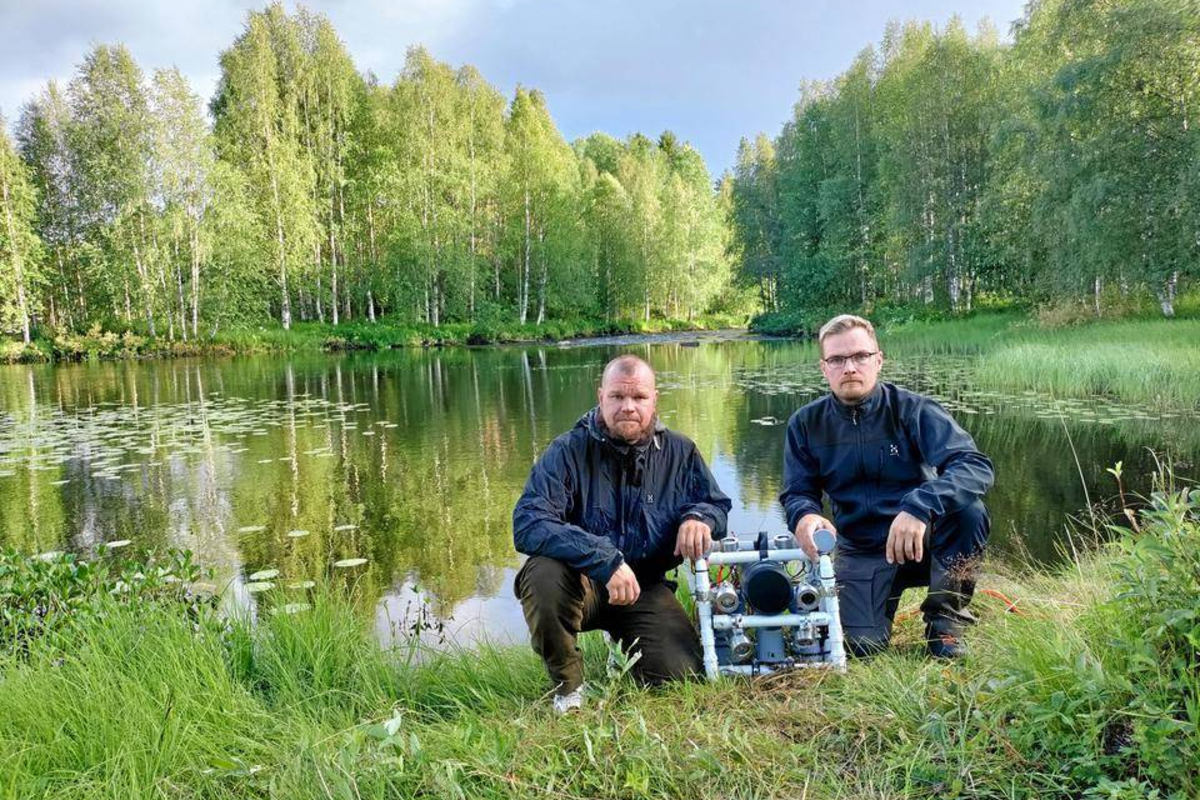Solving Cold Cases With Hacked Together Gear [Hackaday]

People go missing without a trace far more commonly than any of us would like to think about. Of course the authorities will conduct a search, but even assuming they have the equipment and personnel necessary, the odds are often stacked against them. A few weeks go by, then months, and eventually there’s yet another “cold case” on the books and a family is left desperate for closure.
But occasionally a small team or an individual, if determined enough, can solve such a case even when the authorities have failed. Some of these people, such as [Antti Suanto] and his brother, have even managed to close the books on multiple missing person cases. In an incredibly engrossing series of blog posts, [Antti] describes how he hacked together a pair of remotely operated vehicles to help search for and ultimately identify sunken cars.
The first he built was intended to perform reconnaissance using a consumer side-scan sonar unit. While these devices are designed to be mounted to a “real” boat, [Antti] didn’t have the room at home for one. So he did some research and eventually settled on an affordable solution that combined a watertight plastic box with pontoons made out of PVC pipes. We’ve seen similar designs before, and have always been impressed with the stability and payload capacity offered by such an arrangement given its low cost and ease of assembly.
In an interesting twist [Antti] decided to outfit his craft with quadcopter motors and propellers to create a sort of airboat, which would keep it from getting tangled up in weeds. We also appreciate the no-nonsense method of viewing the sonar’s output remotely — all they had to do was take an old smartphone, point its camera at the unit, and open up a video calling application.
W
Combined with diligent research on the individuals who went missing and the areas in which they were last seen, the brothers were able to use these vehicles to solve a pair of missing persons cases that had been open for more than a decade. Their work earned them the personal thanks of the President of Finland, and a medal that’s generally only given to police officers.
Our hats off to this intrepid duo — surely there’s no more noble a pursuit than dedicating your skills and free time to help others.

![solving-cold-cases-with-hacked-together-gear-[hackaday]](https://i0.wp.com/upmytech.com/wp-content/uploads/2024/06/192315-solving-cold-cases-with-hacked-together-gear-hackaday.png?resize=800%2C445&ssl=1)